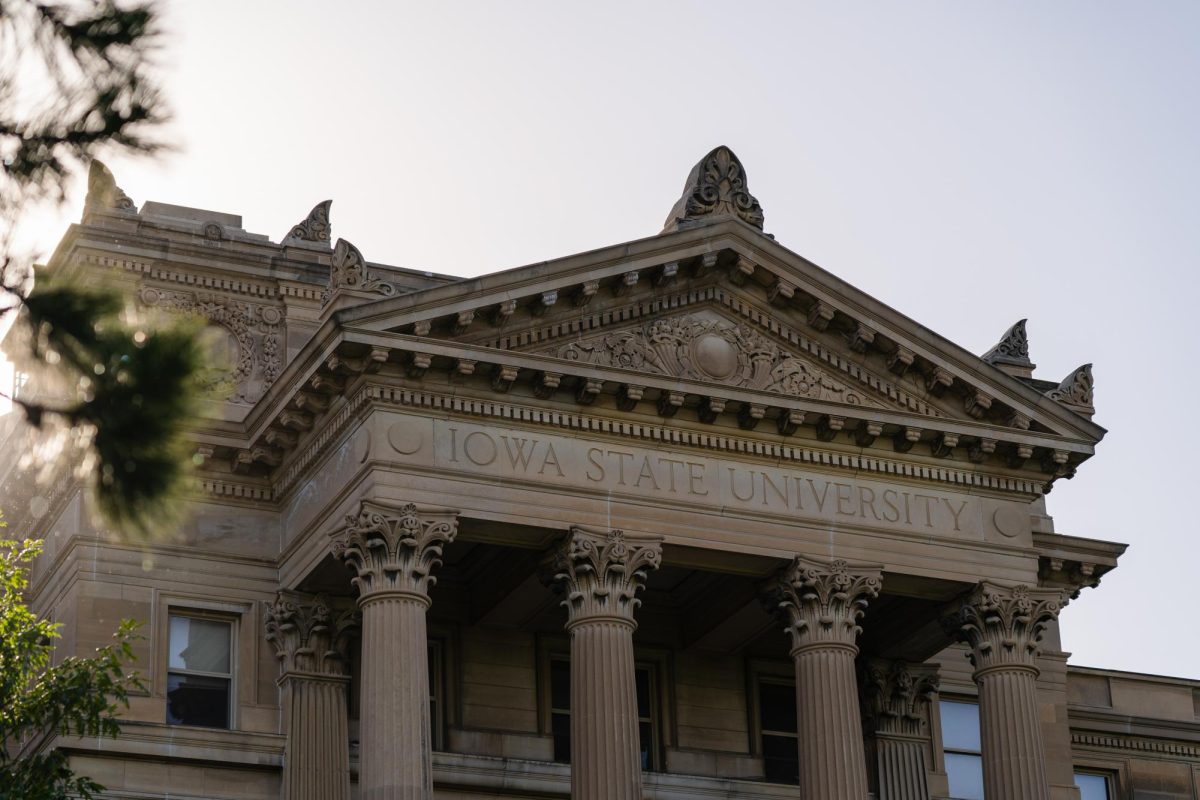History of Hong Kong
June 30, 1997
July 1, 1997, will mark the beginning of a new era for Hong Kong. On this happiest day for China and her people, Hong Kong is coming back to her motherland. As a mirror, the history of Hong Kong reflects the suffering past and booming present of China. Hong Kong (including Hong Kong Island, Kowloon and the New Territories, hereinafter referred to as “Hong Kong”), though a small fishing community and a heaven for travelers and pirates in the South China sea, was a part of China and administrated by Chinese government prior to the arrival of the British.
Around 1500, trade began between China and the British. However, the importation of tea and silks to Britain was not matched by exports of industrial products to the East, and by the 1700s a huge trade deficit was created. As a means to reduce this imbalance, the British began shipping opium from India (British East India Company) to China. Very quickly, such export made a profit for Britain by creating a huge market of addicts. The opium trade became the Britain’s main economic activity in China in the 19th century.
For China, however, the opium trade was devastating, both in human terms and in a weakened economy caused by the massive outflow of silver needed to buy the drug. The situation worsened to the point of nearly no silver to support national finance and no strong army to defend the country.
In 1839, the Chinese government finally became alarmed and made efforts to resist the drug trade. This tension resulted in the First Opium War, with the Britain easily overpowering China’s Imperial Navy.
By 1841, China had surrendered to Britain and the Treaty of Nanking was unequally signed in 1842. According to the treaty, Hong Kong Island was under the control of Britain. In reality, British soldiers had already invaded and occupied part of Hong Kong before the signing of the treaty.
In 1856, the continuing opium trade led to a renewed period of tension between Britain and China. These tensions climaxed with the seizure of a British ship, the Arrow, where several opium dealers were arrested by the Chinese Imperial Navy, igniting the Second Opium War (1856-1858).
Using the excuse that a French priest was murdered in Guangxi, a province in Southern China, the French became allies of the British. In 1860, The British-French allied army intruded Peking, seized, destroyed and finally burned the Imperial garden, “Yuan Ming Yuan.”
The Convention of Peking unequally made in the same year ceded the southern part of the Kowloon peninsula and Stonecutters Island to Britain.
In 1898, Britain took advantage of China’s loss in the Sino-Japanese War of 1894-1895 to further wrest a concession — the Convention of 1898. Under this provision, the New Territories (comprising 92 percent of the total land area of modern Hong Kong) were leased to Britain for 99 years beginning July 1, 1898.
In return, China received no compensation for her temporary loss of property.
As early as 1919, Chinese claims for the return of the New Territories were made at the Paris Peace Congress after World War I and again at the Washington Conference in 1921, but these claims were rejected.
In 1941, Hong Kong fell to the Japanese, and British rule was brought to a temporary halt. During World War II, both China’s ruler, Chiang Kai-shek, and President Roosevelt pressed Britain to return Hong Kong to China. Despite these hopes, China was not strong enough to press her claims. The British resumed a full colonial government in 1946.
After the war, the British Government announced its intentions of divesting herself of all her colonies. But nothing was done about decolonizing Hong Kong even after Chinese claims to the territory continued after the communist takeover of China in 1949.
In 1963, the People’s Daily made it clear that Hong Kong remained an unresolved problem left over from the past, which “when conditions are ripe . . . should be settled peacefully through negotiations.”
By the 1950s and 1960s, the constant influx of capital and manpower from China led to the establishment of light manufacturing throughout the territory. Hong Kong’s tax policies began to attract growing foreign investment, further adding to the territory’s rapid growth.
The economy of Hong Kong was booming, making it the center of world trade as the “Oriental Pearl.” During the 1980s, Hong Kong started to work with China on a series of joint projects that brought the two countries closer together.
In 1984, the joint declaration signed by Britain and China agreed the Government of the People’s Republic of China would recover Hong Kong on July 1, 1997. Hong Kong will, from this day, become a Special Administrative Region (SAR) of the People’s Republic of China.
The joint declaration also provides that, for 50 years after 1997, Hong Kong’s lifestyle will remain unchanged. The territory will enjoy a high degree of autonomy under the “one country, two systems” agreement, except in foreign and defense affairs.
China’s socialist system and policies will not be practiced in the SAR. Hong Kong will keep her honor and magnificence while advancing with China and the world.
Guangning Weng
Graduate student
Aerospace engineering and engineering mechanics






